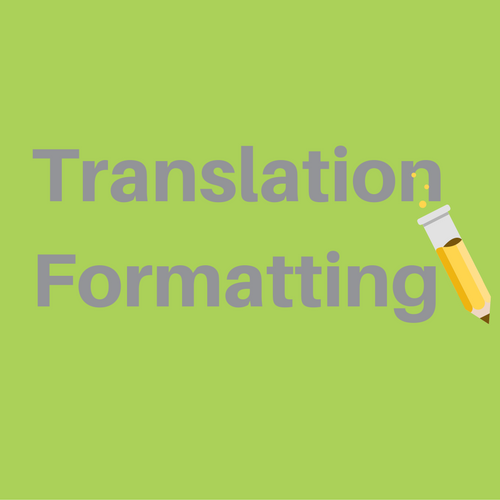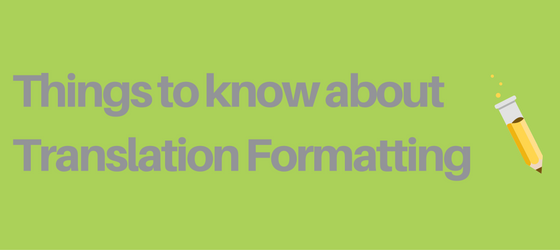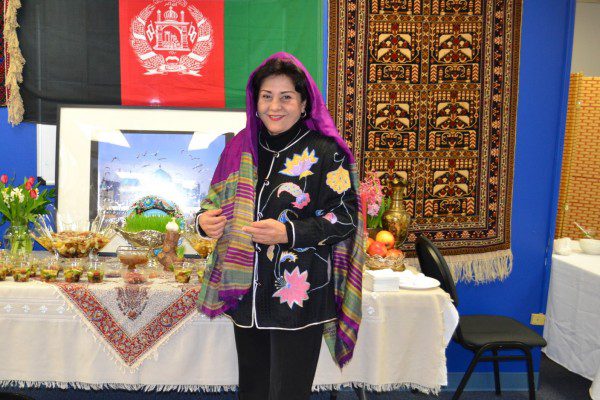

The formatting details of your translation project—both those of the file you provide and the file you request—will help determine how much time, work, and cost is required.
Know what you need
If you just need translated text, and it won’t matter if the translated file is an exact visual match of your original file, then make sure to note that. The process will likely be faster and less expensive this way, but it’s not always enough. Sometimes translated files need to function as a legal document or record and they need to look the same as the original, just in a different language. If yours is a situation like this, make sure to request a mirror image of the source file so that your document will be accepted wherever you need to use it.
Different languages take up more space
A source file in English may be 10 pages of text. When translated to Spanish, however, it is likely to be more like 12.5. Spanish uses more words than English does, so the Spanish translation will take up more space. [Generally, Spanish, Portuguese, and French translations have a word count that is about a quarter or a fifth greater than the English word count. It’s different for every language combination.]
If, for some reason, you need the translated file to keep the same number of pages as the original, the text will have to be smaller to accommodate a longer language. (Most of the time, translations are simply more pages than their original, but it’s ok.) Sometimes the shifting of space mean that images may not match up very well with the paragraph that they refer to. The translation team can adjust this to be more logical and cohesive as long as they know what you want.
Images/graphics require a separate type of editing
If your source file, in any format, includes any images or graphics that cannot be edited in that format, additional, specialized editing is required for your file to be completely translated. Desktop Publishing (DTP) engineers will work on those images separately to replace the current text with the desired translations. They will be able to make the images as close to the same as possible, taking into account the quality of the image to begin with, and whether the translation has more or fewer words than the original. Unless your individual translator can also do DTP (some can), this step is separate from the translator and will always require more time and money. If it’s possible to send the images in an editable format, this simplifies the process for everyone involved.
Different file formats can get complicated
Sometimes a source file is provided as a .pdf but requested for delivery as a .doc file. It’s possible to save many .pdf files as .doc files and work from them in that format. However, sometimes when making that conversion, the formatting gets shifted—sometimes just a little bit, but sometimes a lot. When the original formatting doesn’t smoothly convert, it can take a lot of time for editors to alter everything and make the translated file look the same as the source one. If there’s ever a chance to send in your source file as a .doc file, meaning it’s editable as it is, it will make things easier and faster for the translation team and also less expensive for you.




